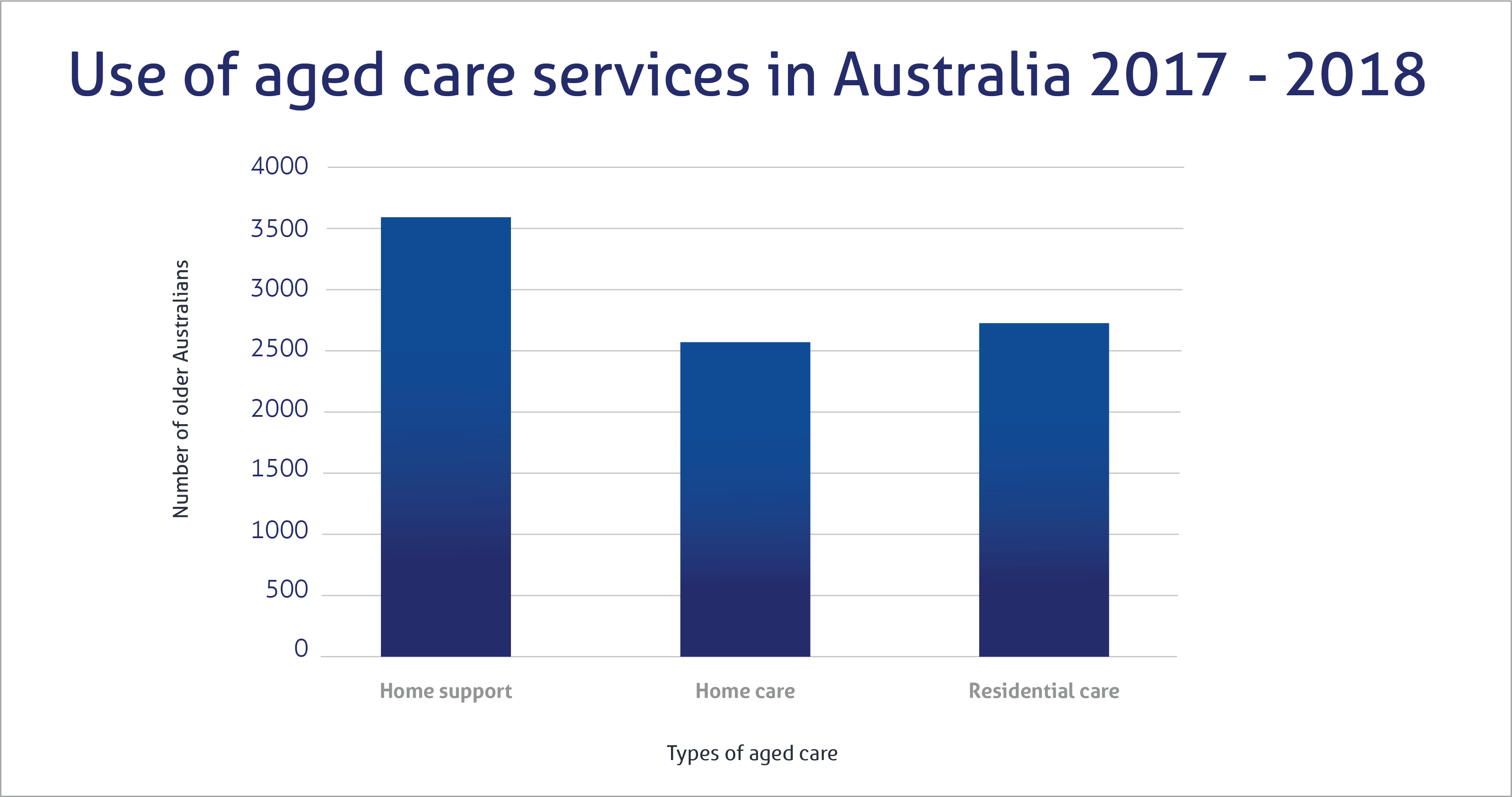Looking for help? 1800 338 253
Considering that three in four older Australians own their own home,[i] it’s not surprising that more Aussies are choosing to age in place. After all, who doesn’t enjoy the comforts of home, or wish to remain more independent?
For some of you, though, the term may not mean much to you yet. So, let’s explain how ageing in place works and what you can hope to gain from it.
The definition of ageing in place is simply to have the autonomy to remain in your own home as you get older and your health needs change.
Seniors don’t necessarily need to stay in the home that they own, however. Ageing in place sometimes means choosing a retirement village or residential care community that allows you to remain in a homelike environment, regardless of increasing care needs. These arrangements are often ideal for couples who want to continue living together but who may require different levels of care.
For example, if your spouse has Alzheimer’s disease and you have few physical or cognitive impairments, ageing in place would allow you to reside with your spouse while both of you receive appropriate care for your needs.
Ageing in place requires a lot of forethought and planning because you never know what health and mobility problems you’ll have as you age. Innovative services, technologies and renovations like home support programs, fall alert devices and virtual assistants are emerging to help seniors meet the challenges of ageing in place – making it both safer and easier.
Looking after your health as you get older is important, just as maintaining your independence is. It’s the same for your healthcare. So, if you would prefer to choose your own doctor, avoid public waiting lists, or be covered for common out-of-hospital services (e.g. dentist check-ups), consider a product like health insurance

There are multiple reasons why older Australians might prefer to live out their days at home. A Productivity Commission report in 2015 found that these were the top four reasons:
It’s no surprise people would prefer age in a place they’re familiar and comfortable with, full of sentimental memories. The benefits of ageing in place at home don’t just include comfort too, but also maintaining the largest financial asset many of us will ever own.
If you’re contemplating ageing in place, there are some factors worth considering:
The key is to begin planning early, evaluate your options for care and support services, and plan for your financial needs as you grow older.

Note: Data includes men and women over the age of 50.
Source: Australia’s welfare 2019: Aged care snapshot data tables. Australian Institute of Health and Welfare, Australian Government. 2019.
The Home Modification Information Clearinghouse, funded by the Department of Social Services and New South Wales Department of Family and Community Services, is a database that allows you to search for home modification services throughout Australia.
If you decide that ageing in place is the best option for you, you’ll likely require assistance with either home maintenance or house modifications. You may also need help with personal care needs such as bathing, dressing, meal preparation, grocery shopping, and other needs as you grow older.
While not every senior Australian requires assistance with these tasks, many eventually do when they advance in age.
The Department of Social Services website My Aged Care can help guide you through determining your aged care needs.
Additionally, the Australian Government publishes a valuable list of resources, including various agencies that provide support services to senior Australians.
Ageing in place is not only desirable for many older Australians, but it’s increasingly possible, thanks to the resources and support services available. Whether you decide to age in place in your own home, age in place at an ageing care community, or choose another senior living setting that’s suitable to your needs, the resources in this guide will help you make a decision and plan appropriately for your future.
[i] Older Australia at a glance. Australian Institute of Health and Welfare, Australian Government. 2018.
[ii] Housing decisions of older Australians. Productivity Commission, Australian Government. 2016.